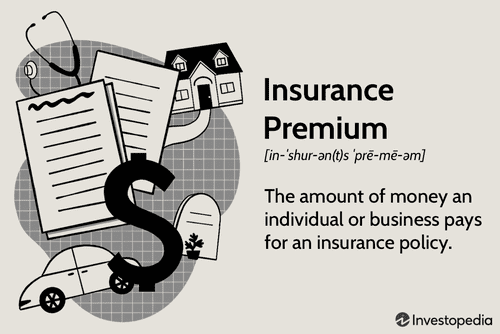
You can get emergency medical insurance to cover you for medical treatment if you have an immediate need. However, it may not cover you when you need to go to an out-of-network hospital. Even though the hospital outside of your network doesn't require you to have insurance approval, there are still rules and deductibles.
Catastrophic insurance coverage
Catastrophic health insurance plans cover emergency medical bills in the event of a catastrophic event. These policies will pay for your covered medical costs up until the deductible amount. However, if you are hospitalized, or need to have surgery, the catastrophic policy will cover the entire cost. Such plans provide emergency coverage as well as free preventive and primary care visits.
Catastrophic health coverage for emergency health insurance is often a good option for those without major medical coverage. Catastrophic policies are generally affordable and cost less monthly. Although they have higher deductibles than traditional medical insurance, they are usually less expensive. They're best for individuals who can't afford premiums or are uninsured.

Catastrophic Travel Medical Insurance
If you are looking for affordable travel medical insurance, a catastrophic policy might be the best option. These plans come with low monthly premiums and high-deductible options, which makes them an excellent way to protect you in the worst scenario. The downside is that you'll be responsible for all medical bills until you have met your annual maximum. This usually amounts to a few hundred dollars.
Although a catastrophic medical insurance plan can be very affordable, it may not offer the best coverage for all. Basic catastrophic plans are only for emergencies and may not suit chronic conditions. These plans may not be appropriate for seniors who need regular medical supervision. They may not cover preventive care services like annual checkups.
Temporary, non-immigrant coverage
Temporary non-immigrant U.S. residents, students and undocumented aliens can get emergency medical insurance. This policy covers emergency medical conditions that require immediate medical attention. Preventive care is not covered by the policy. Pre-approval can be a good option if your eligibility is not clear. This will allow you receive a preapproval email up to 12 weeks in advance. To apply, click here or call 311 for details. Additionally, you will need proof of identity, income and residency in the State.
Also, temporarily non-immigrants could be eligible for Medicaid emergency medicine care. They will need the USCIS to verify their immigration status. Even though the documents might have expired, it will not stop you from getting emergency medical attention.

In-house cost-sharing for emergency medical insurance
If you are in need of emergency medical care and do not have the proper insurance coverage, you may be responsible for paying out-of-network fees. This will apply to emergency care, hospitalization and emergency room services. Emergency room costs include the hospital bill and bills from doctors and other providers who are not in-network. It applies to in-hospital services that are provided by doctors outside of their network, such as pathology or anesthesia.
Most health plans provide some cost-sharing. The type of health plan and service will determine the cost of these services. Typically, cost-sharing is structured in a form of copayment, coinsurance or deductible. The policy will detail the copayments, deductible amounts and any copayments. You may also need to pay an additional copayment for visits to emergency rooms.